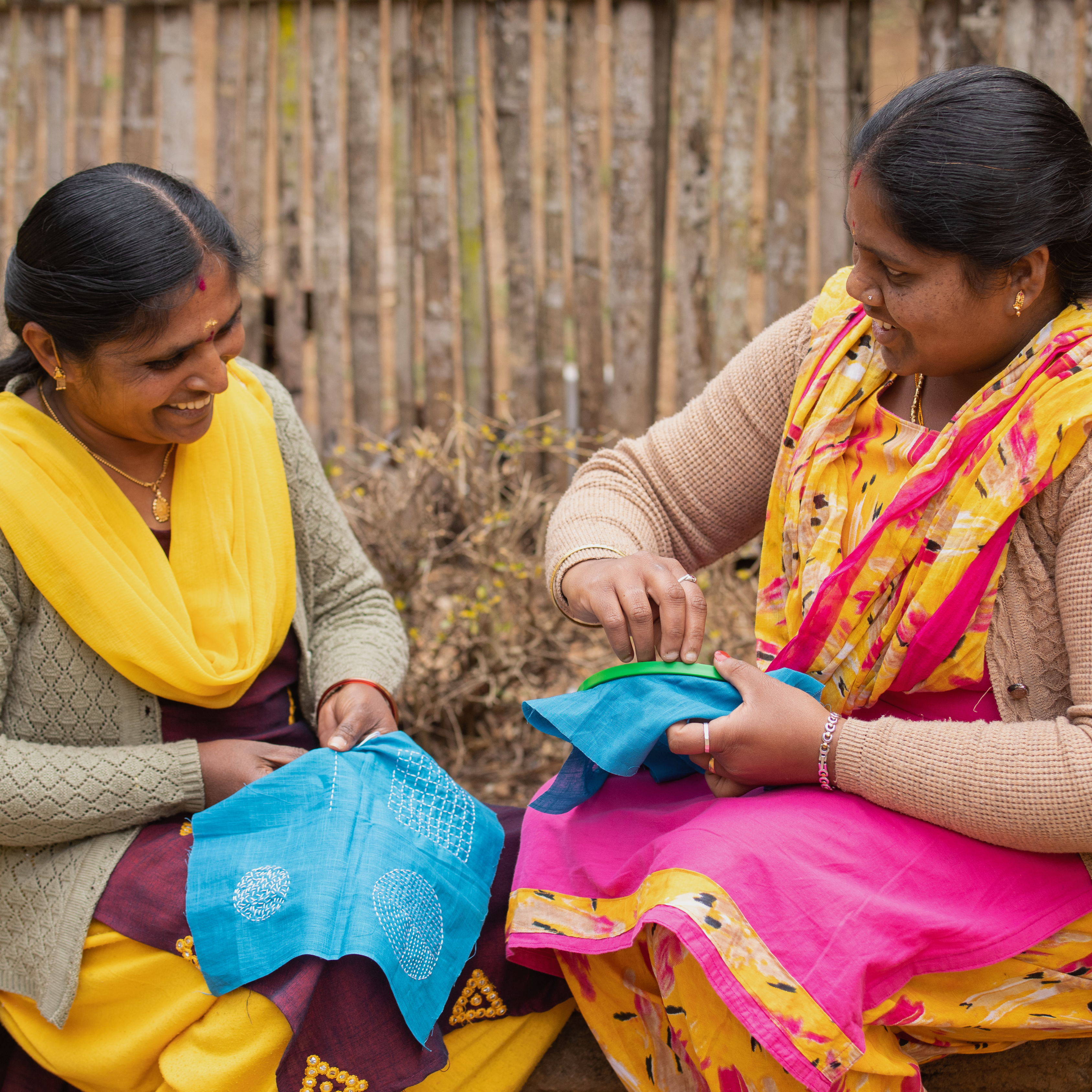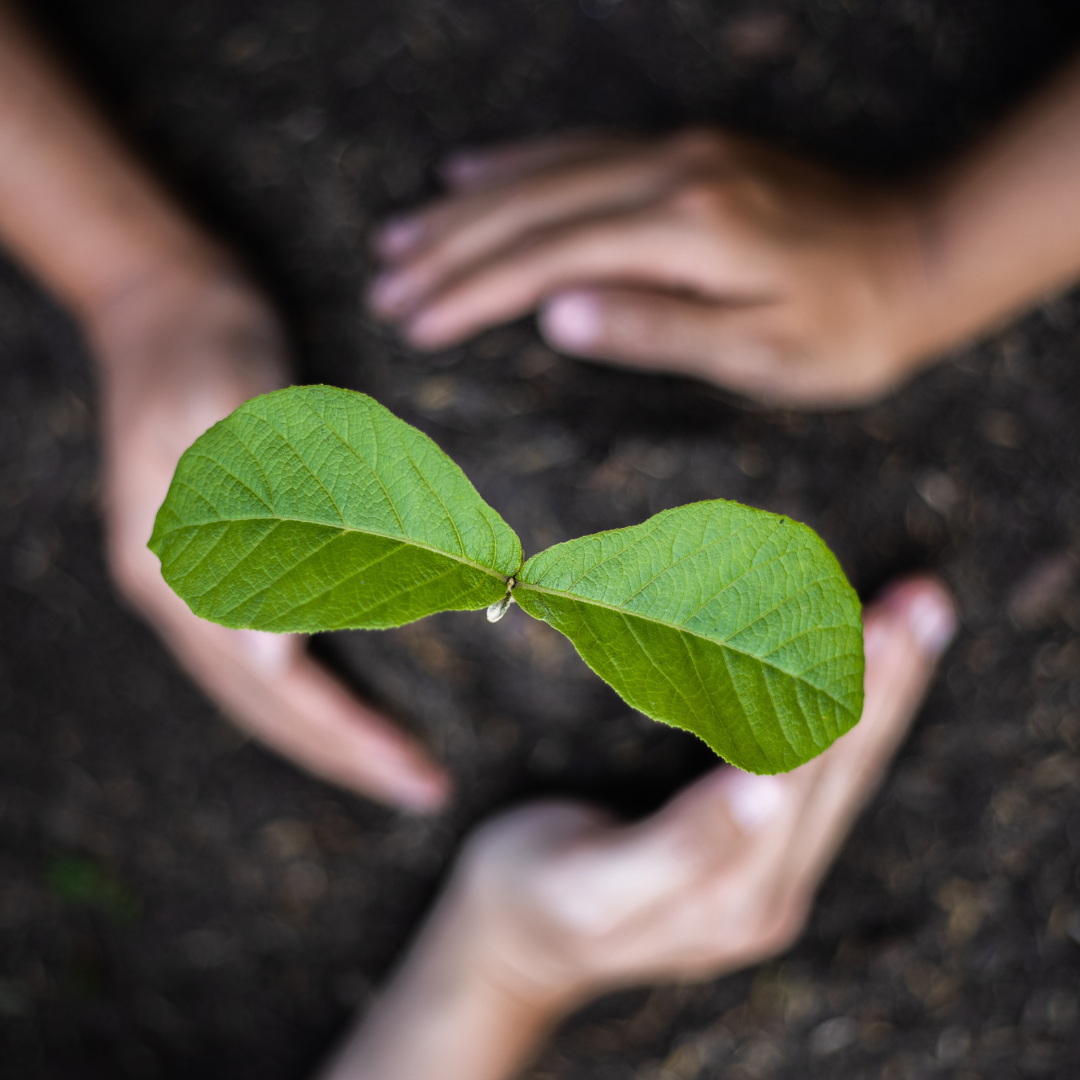Article: Evolution of handicraft and the role it plays in the rural economy.

Evolution of handicraft and the role it plays in the rural economy.
I have been interacting with a lot of folks from the start-up ecosystem and the development (social) space in the past year. I must admit that there has been very little interest in all things craft. There’s tech on one end and then agriculture on the other. I would agree that both of these are extremely important streams but, I would also argue that ‘handicraft’ needs to figure as well. While ‘handmade’ is increasingly gaining popularity with urban India, ‘handicraft’ seems of the past. Although both are essentially the same.

Maybe the way handicraft has been promoted all these decades and the lack of contemporary design interventions, it’s created a certain perception in our minds. I, for example, have grown up associating handicraft with the state-run emporiums. My thinking has off-course evolved over time and particularly because of my journey in the last 7-8 years, which is traveling across the rural landscape, living off the grid, transitioning from corporate to rural and eventually starting a craft based social enterprise. My partner being a craft practitioner herself quickened this transition. I see handicraft and handmade differently now.

I have come across statements like, “craft industry is a dead-end” and “craft has no future”. Which is worrying considering the role craft has played for centuries in our culture and the role it continues to play, especially in rural India. As starters, I think we need to come to terms with the evolution that has happened from ‘handicrafts’ to ‘handmade’ and the scale of this sector. And, considering the immediacy of climate action, this sector is more relevant now than ever before. I think a better term to refer to this sector would be ‘creative manufacturing’ which I am borrowing from Neelam Chhibber (Co-founder, Industree Foundation).

The history of creative manufacturing in India dates back to 5,000 BC when crafts were primarily centered around religion. Several types of arts and traditional crafts of India that can be seen in modern exhibits date back to the Indus-Valley civilisation, which flourished around 3,000 BC. Then, in the third century BC, fashion changed, and the craft of sculpting and the production of modern jewellery flourished during the Mauryan era. The Gupta era (320–647 AD) saw great skill in stone carving, weaving, woodcarving, sculpture, and jewellery. There was then the British impact on this industry, which later evolved into what we see today.

India is home to over 3000 craft forms and employs over 7 million artisans off which 56% are women. Most of this creative manufacturing happens in the rural landscape. Research has revealed that the world creative manufacturing market is expected to be worth $1091 billion by 2024, growing at the rate of 11%. In the last 5 years, exports from the Indian creative manufacturing industry have gone up by more than 40%, as three-fourths of handicrafts are exported to more than a hundred countries. Among the many, here are the top grossers:
- Woodwares at $420.45 million
- Embroidered & crocheted goods at $320.51 million
- Art metal wares at $250.52 million

This creative manufacturing industry is the backbone of the rural economy of India. It's the second largest rural income provider after agriculture. With rural increasingly taking center stage in economic & growth conversations, it is imperative that we acknowledge the key drivers of the rural economy.

